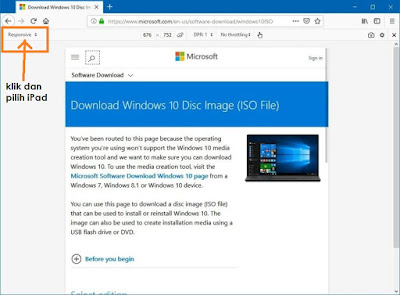You can find the answers to these questions in the appendix, “Answers to Check Your
Understanding Questions.”
1. Which open-source operating system is available on multiple hardware platforms?
a. Linux
b. Mac OS X
c. Windows 2000
d. Windows XP
2. Which registry file contains information about the hardware and software in the computer
system?
a. HKEY_CLASSES_ROOT
b. HKEY_CURRENT_USER
c. HKEY_LOCAL_MACHINE
d. HKEY_USERS
3. How can the command line be accessed in Windows XP?
a. Start > Run > Prompt
b. Start > Run > cmd
c. Start > Control Panel > Prompt
d. Start > All programs > Accessories > Terminal
e. Start > Run > Terminal
4. Which file system is recommended for Windows XP for large file support and
enhanced security?
a. DirectX
b. DOS
c. FAT32
d. HPFS
e. NTFS
5. What is the purpose of the Microsoft Hardware Compatibility List?
a. It lists all the hardware that runs Microsoft Office software.
b. It lists the Microsoft software that runs on the listed hardware.
c. It lists hardware that is supported by a Microsoft operating system.
d. It lists hardware that works together.
6. What should be done before upgrading from Windows 2000 to Windows XP?
a. Back up all the data files.
b. Update all the device drivers.
c. Detach all the peripheral devices.
d. Download a legitimate XP authentication key.
7. Which key or key sequence will enable a user to start Windows XP in Safe Mode?
a. Alt+B
b. Alt+X
c. Alt+Z
d. F1
e. F8
f. The Windows key
8. What is a good example of an open-ended question that a technician can ask the user to
learn more about conditions before the failure?
a. What software has been installed recently on the computer?
b. Does the computer boot into the operating system?
c. Are there any beeps when the computer boots?
d. Has anybody else used the computer recently?
e. How many users were logged on to the network when the failure occurred?




No comments:
Post a Comment